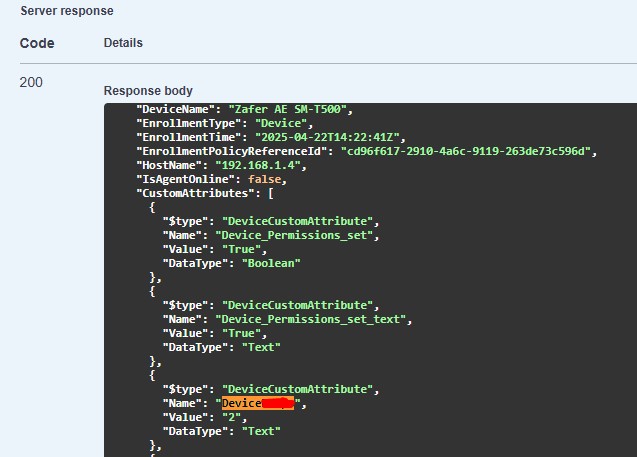For context: we're setting up a workflow wherein we install a package using a custom attribute's value set to a version number.
After testing on a few devices, we'll set a "default" version at the root Group level, so all devices will get the newest version.
Once that's done, we'll want to clear out the custom attribute on the test devices, so they inherit from the "default" version once again. That would give us a clean testbed for future upgrades.
I'm looking for a way to find all devices that have the custom attribute set directly, not inherited from a group. But I don't see a way to query this from the console, or from the API, or even in the database directly.
Any advice?








